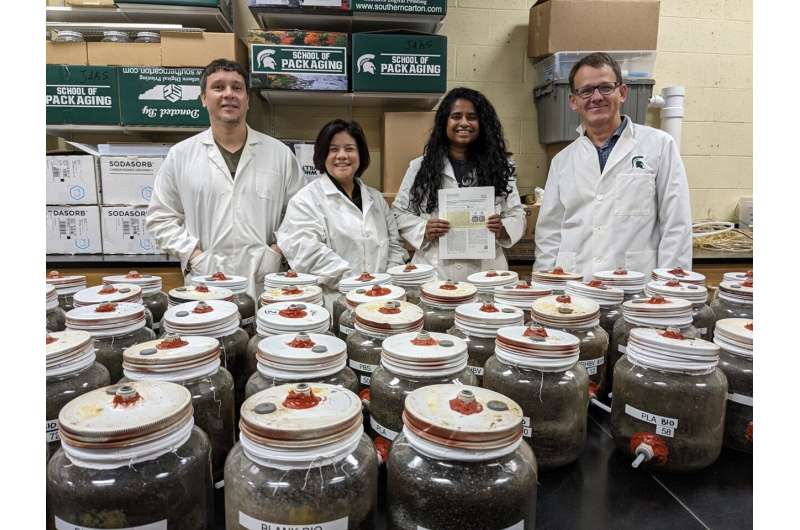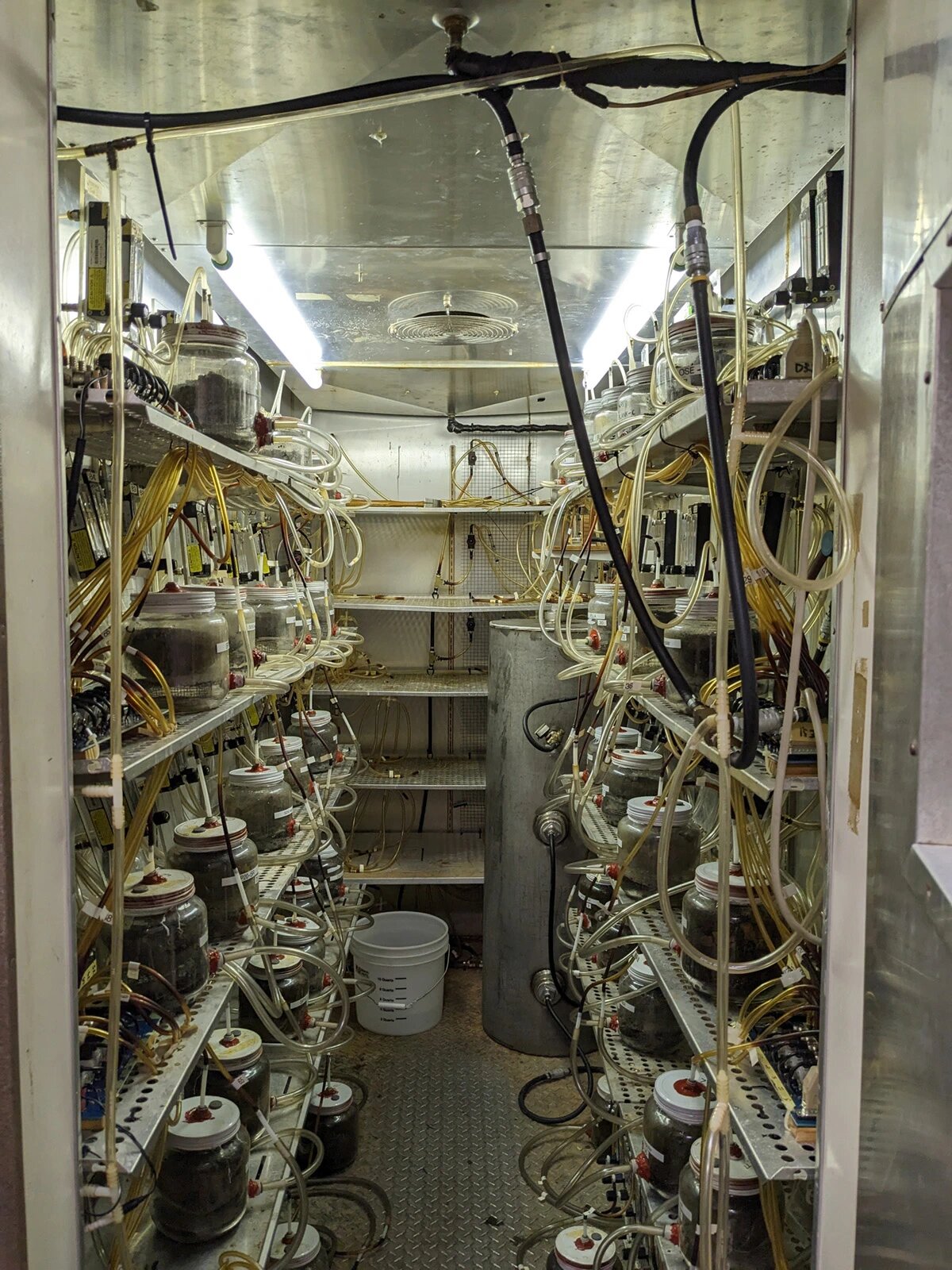Researchers from Michigan State University’s esteemed School of Packaging have developed an innovative method to enhance the biodegradability of a sustainable alternative to petroleum-based plastics.
A team led by Rafael Auras has successfully created a compostable bio-based polymer blend that can break down in both home and industrial composting settings. The remarkable findings have been published in the prestigious journal ACS Sustainable Chemistry & Engineering.
“Plastic waste is a major issue, both in the U.S. and globally,” said Auras, who is an MSU professor and the Amcor Endowed Chair in Packaging Sustainability.
In the U.S., less than 10% of plastic waste is recycled, resulting in significant environmental, economic, and health concerns. Auras explained, “By developing biodegradable and compostable products, we can help reduce the amount of waste that ends up in landfills.”
One advantage of compostable plastics is that they don’t need to be cleaned of food contaminants prior to composting, which is a major obstacle in efficient plastic recycling. Recycling facilities often face the dilemma of using valuable resources like time, water, and energy to clean dirty plastic waste or simply disposing of it.
“Imagine you had a coffee cup or a microwave tray covered in tomato sauce,” Auras said. “With compostable plastics, there would be no need to rinse or wash them. You could simply compost them.”
PLA and a ‘Sweet Spot’ for Starch
The team focused on polylactic acid (PLA), a widely used plant-based polymer derived from plant sugars, as their starting material. When managed properly, PLA waste breaks down naturally into water, carbon dioxide, and lactic acid.
Although PLA can biodegrade in industrial composters, there were doubts about its ability to break down in home composting conditions.

“I remember people laughing at the idea of developing PLA that could be composted at home,” said Pooja Mayekar, the first author of the research article and a doctoral student in Auras’ lab group. “This is because normal microbes cannot attack and consume PLA. It needs to be broken down to a point where they can use it as food.”
However, industrial composters can take up to 20 days to break down PLA. To enable home composting, Auras and his team incorporated a thermoplastic starch, a carbohydrate-derived material, into PLA. The starch provides a more accessible food source for the composting microbes and aids in the degradation of PLA without compromising its properties.
“We didn’t simply add starch to the PLA matrix,” Mayekar explained. “We aimed to find the ideal ratio of starch to PLA, allowing for better degradation without sacrificing its other desirable features.”
Thanks to the efforts of postdoctoral researcher Anibal Bher and doctoral student Wanwarang Limsukon, who have been investigating different PLA-thermoplastic starch blends, the team was able to observe how these films broke down during composting under various conditions.
“Different materials undergo hydrolysis and biodegradation in different ways,” Limsukon shared. “We are working on tracking the entire degradation process.”
These experiments were conducted using equipment that Auras and his team built from scratch over his 19 years at MSU. The availability of external facilities at the School of Packaging also played a crucial role in the research.
“Working with Dr. Auras, the School of Packaging, and MSU has been fantastic,” Bher said. “Our goal is to develop actual products, and MSU offers a wealth of resources for materials production and property testing.”
“It’s no surprise that this is one of the top schools for packaging,” Mayekar added.
More information:
Pooja C. Mayekar et al, Breaking It Down: How Thermoplastic Starch Enhances Poly(lactic acid) Biodegradation in Compost─A Comparative Analysis of Reactive Blends, ACS Sustainable Chemistry & Engineering (2023). DOI: 10.1021/acssuschemeng.3c01676
Denial of responsibility! TechCodex is an automatic aggregator of the all world’s media. In each content, the hyperlink to the primary source is specified. All trademarks belong to their rightful owners, and all materials to their authors. For any complaint, please reach us at – [email protected]. We will take necessary action within 24 hours.

Jessica Irvine is a tech enthusiast specializing in gadgets. From smart home devices to cutting-edge electronics, Jessica explores the world of consumer tech, offering readers comprehensive reviews, hands-on experiences, and expert insights into the coolest and most innovative gadgets on the market.
Denial of responsibility! TechCodex is an automatic aggregator of Global media. In each content, the hyperlink to the primary source is specified. All trademarks belong to their rightful owners, and all materials to their authors. For any complaint, please reach us at – [email protected]. We will take necessary action within 24 hours.


